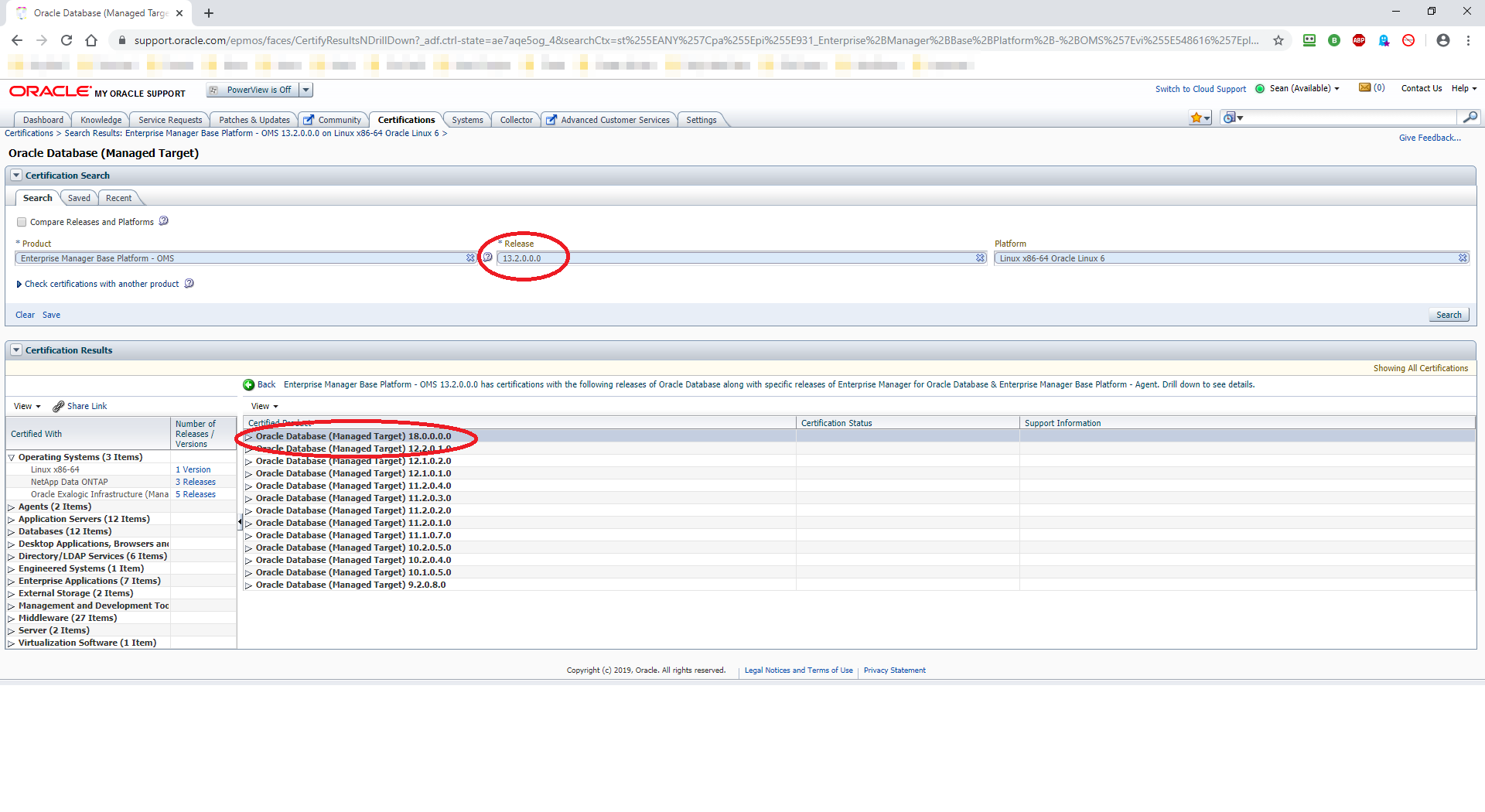
The data security policy appears in the navigation tree in the Data Security folder for the dimension. For cubes, set the scope for each dimension.Ĭlick OK to save the data security policy. On the Member Selection tab, select the dimension members or conditions.

Select the permissions you want to grant to each user or role. The selected users and roles are now listed in the table on the General tab. Select the users, roles, and OLAP data security roles to use this policy. The Add Users or Roles dialog box is displayed. On the General tab, type a descriptive name in the Data Security Policy Name field. The Create Data Security Policy dialog box is displayed. Right-click Data Security and choose Create Data Security Policy. To create a data security policy in Analytic Workspace Manager:Įxpand the folder for a dimension or a cube. You must have the OLAP_XS_ADMIN role to manage data security policies in Analytic Workspace Manager. Otherwise, the owner is denied access also. Analytic Workspace Manager creates a default policy that grants all privileges to the owner. You create data security roles and policies in Analytic Workspace Manager.Īs soon as you create a data security policy, all other users are automatically denied access. A data security role is a group of users and database roles that you can manage in Analytic Workspace Manager just for use in security policies. You can apply a policy to one or more users, roles, and data security roles. When you create data security policies on both dimensions and cubes, users have privileges on the most narrowly defined portion of the data, where the policies overlap. When you create a data security policy on a cube, you select the members for each dimension of the cube. You do not need to re-create the policy for each cube. When you create a data security policy on a dimension, the policy extends to all cubes with that dimension.

You can create a data security policy on dimensions, cubes, or both: For example, you might restrict district sales managers to the data for just their own districts instead of all geographic areas. GRANT SELECT ON global.time_fiscal_view TO scott Įxample 8-3 shows the SQL commands that give SCOTT the privileges to query the relational tables for the detail level data and to use query rewrite to obtain summary data from the Units cube.Ĭreating Data Security Policies on Dimensions and Cubesĭata security policies enable you to grant users and roles privileges on a selection of dimension members. GRANT SELECT ON global.time_calendar_view TO scott GRANT SELECT ON global.time_view TO scott GRANT SELECT ON global.product_primary_view TO scott GRANT SELECT ON global.product_view TO scott GRANT SELECT ON global.customer_segments_view TO scott GRANT SELECT ON global.customer_shipments_view TO scott GRANT SELECT ON global.customer_view TO scott GRANT SELECT ON global.channel_primary_view TO scott GRANT SELECT ON global.channel_view TO scott GRANT SELECT ON global.units_cube_view TO scott * Grant privileges on the cube, dimension, and hierarchy views */ GRANT SELECT ON global.customer TO scott GRANT SELECT ON global.units_cube TO scott GRANT SELECT ON global.aw$global TO scott

* Grant privileges on the analytic workspace */
Install oracle workspace manager 11g update#
They do not issue commands such as SQL INSERT and UPDATE directly on the cubes and dimensions.Įxample 8-2 Privileges to Query the Units Cube Users exercise these privileges either using Analytic Workspace Manager to create and administer dimensional objects, or by using SQL to query them. Users need this privilege to refresh a dimension or cube. Update: Change the data values of a cube or the name of a dimension member. CUBE_TABLE is a SQL function that returns the values of a dimensional object.

Users need this privilege to query a view of the cube or dimension or to use the CUBE_TABLE function. Users need this privilege to refresh a dimension. Users need this privilege to create and modify a dimensional model.ĭelete: Remove old dimension members. Using both object security and data security, you can grant and revoke the following privileges:Īlter: Change the definition of a cube or dimension.


 0 kommentar(er)
0 kommentar(er)
